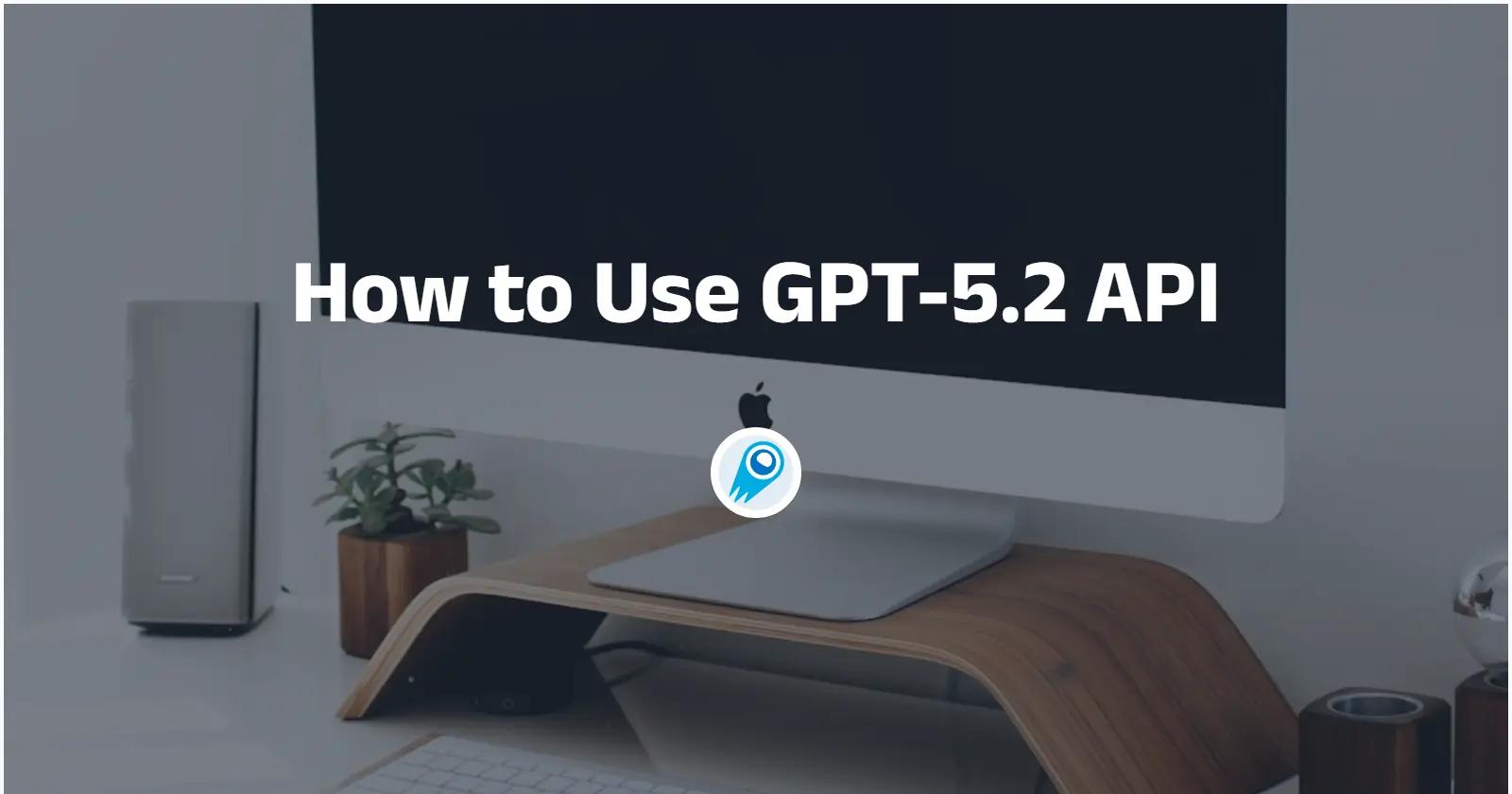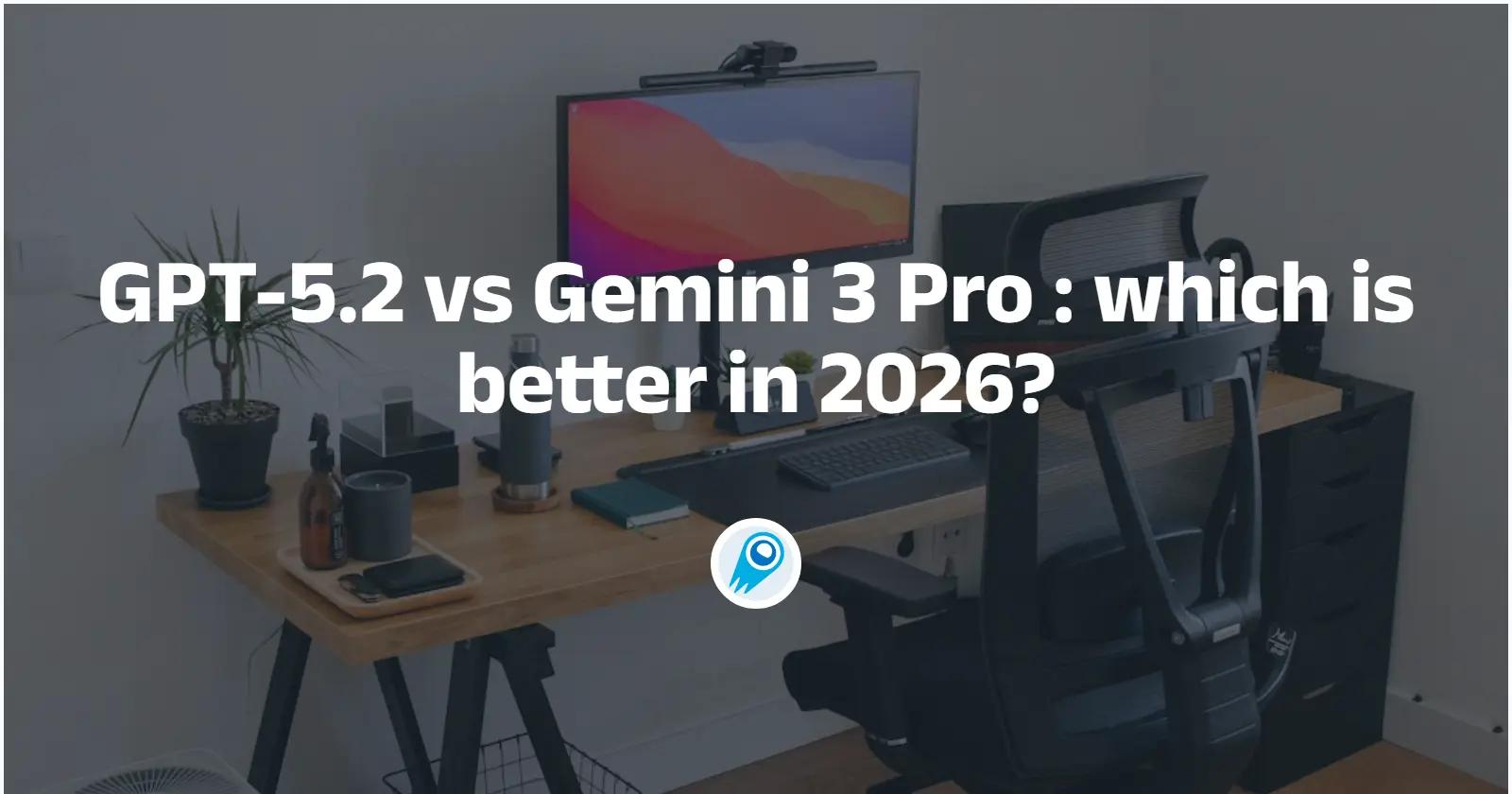In late July 2025, developers inspecting OpenAI’s ChatGPT Agent macOS application uncovered references to two previously unannounced models—GPT-5-Auto and GPT-5-Reasoning—suggesting that the next-generation GPT-5 system has entered an internal testing phase. Configuration files buried in the app’s cache include entries like "gpt-5-reasoning-alpha-2025-07-13" with a parameter "reasoning_effort: high", indicating a specialized focus on intensive, multi-step reasoning tasks. The appearance of a "gpt-5-auto" identifier alongside traditional models underscores a parallel effort to build an autonomous, agent-style AI that can execute complex workflows with minimal user prompts .
These code snippets align closely with OpenAI CEO Sam Altman’s recent public remarks, in which he described GPT-5 as a unified system combining the GPT series’ multimodal strengths (text, images, voice, and files) with the deep reasoning capabilities pioneered by the o-series models. On the “This Past Weekend with Theo Von” podcast, Altman likened GPT-5’s development pace to the Manhattan Project and acknowledged feeling “nervous and scared” by its potential, while teasing enhancements such as faster responses, extended memory windows, and more reliable handling of multi-step processes ).
GPT-5-Reasoning: A Leap in Logical Deduction
GPT-5-Reasoning appears to extend the lineage of the o-series reasoning engines (o1, o3, etc.), optimized for tasks that demand deep logical decomposition. According to leak analyses, this variant employs a dynamic reasoning allocation mechanism: straightforward queries trigger a rapid, lightweight response path, whereas complex problems invoke a Chain-of-Thought (CoT) pipeline that marshals additional compute resources to ensure accuracy. Early benchmark reports claim that GPT-5-Reasoning outperforms GPT-4o and o3-mini on rigorous academic and programming challenges—such as the AIME 2024/2025 mathematics exams and Codeforces contests—reducing error rates by roughly 20% (Medium, AIbase). This improvement could translate into profound advantages for software debugging, scientific data analysis, and strategic business intelligence.
GPT-5-Auto: Toward Fully Autonomous AI Agents
In contrast, GPT-5-Auto seems designed as an autonomous task executor, akin to early Auto-GPT frameworks but with far greater scale and stability. Rumors suggest it supports a context window of up to one million tokens, allowing it to maintain coherent thread over extremely long documents or dialogues without the usual performance “cliffs.” By integrating with external services—calendars, email clients, web browsers—GPT-5-Auto could handle multi-step requests end-to-end. For example, issuing a prompt like “Plan a 10-day European cultural tour” might trigger automatic flight searches, hotel bookings, itinerary drafting, and delivery of a polished, shareable schedule—all with a single command.
Industry Preparations and Expected Release
Microsoft, a key partner in deploying OpenAI models through its Copilot products, has already begun preparing a “Smart” mode for Copilot that automatically balances quick replies against deeper analytical responses—an interface layer likely powered by GPT-5’s dual-mode architecture. References to this new Copilot mode surfaced in the Copilot codebase, hinting at a coordinated August 2025 launch that coincides with widespread GPT-5 rollout plans .
While OpenAI has yet to confirm a public release date, the convergence of internal code discoveries, CEO statements, and partner preparations suggests GPT-5 may debut as early as summer 2025, ushering in a new era of AI that seamlessly blends autonomy, deep reasoning, and rich multimodal understanding.
Getting Started
CometAPI is a unified API platform that aggregates over 500 AI models from leading providers—such as OpenAI’s GPT series, Google’s Gemini, Anthropic’s Claude, Midjourney, Suno, and more—into a single, developer-friendly interface. By offering consistent authentication, request formatting, and response handling, CometAPI dramatically simplifies the integration of AI capabilities into your applications. Whether you’re building chatbots, image generators, music composers, or data‐driven analytics pipelines, CometAPI lets you iterate faster, control costs, and remain vendor-agnostic—all while tapping into the latest breakthroughs across the AI ecosystem.
The latest integration GPT-5 will soon appear on CometAPI, so stay tuned!Youcan explore our other models on the Models page or try them in the AI Playground.
While waiting,developers can access O4-Mini API ,O3 API and GPT-4.1 API through CometAPI, the latest models version listed are as of the article’s publication date. To begin, explore the model’s capabilities in the Playground and consult the API guide for detailed instructions. Before accessing, please make sure you have logged in to CometAPI and obtained the API key. CometAPI offer a price far lower than the official price to help you integrate.



